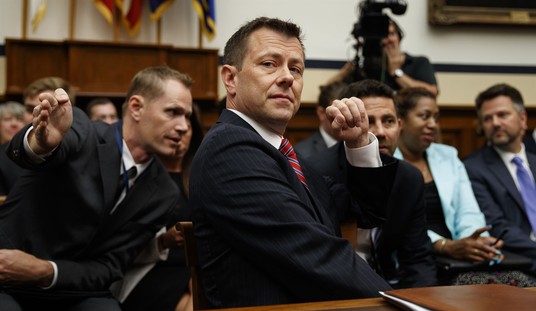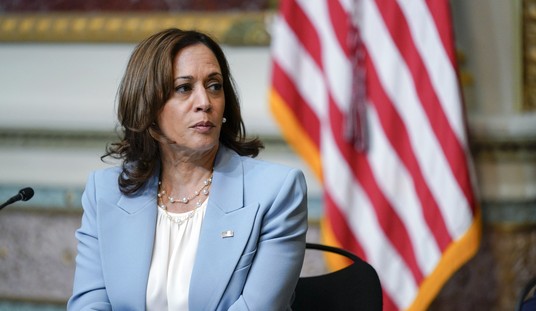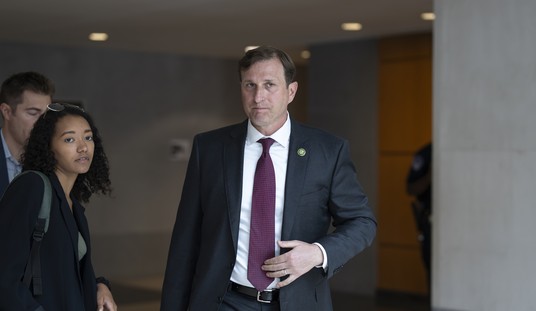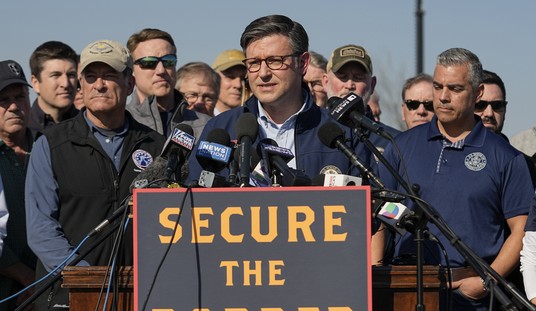Even though the U.S. put its drawdown of troops in Afghanistan on hold this spring, that doesn’t mean the changing nature of our presence in the country hasn’t affected the movements of the Islamic State. As our troops have moved away from more remote areas to larger bases that are closer to big cities, the Islamic State has found an opportunity to expand into the country.
U.S. and Afghan officials say ISIS is now in three provinces in Afghanistan, and over the weekend, Afghan warlord Gulbuddin Hekmatyar announced he would support ISIS. […]
Defense officials have downplayed the ISIS presence in Afghanistan, saying it mostly consists of disgruntled Taliban members rebranding themselves as ISIS.
“What’s different is that people are using the ISIS name. But what we don’t see is growth in their numbers,” said one defense official.
However, some former members of the administration — and privately, some current military officials — disagree.
David Sedney, a former deputy assistant secretary of Defense for Afghanistan, Pakistan and Central Asia from 2009 to 2013, said it did not matter that ISIS was “rebranded” Taliban.
“When they join ISIS, they make ISIS stronger. And our narrative that we’re defeating it is not actually true,” Sedney said in a phone interview on Monday.
“We’re not taking it seriously,” he said. “There’s more ISIS in Afghanistan today than a year ago, and a year from now it’s going to be even bigger than now if we don’t change our strategy.”
Michèle Flournoy, former undersecretary of Defense for Policy, said in a PBS interview last month that ISIS fighters “are gaining ground even in Afghanistan.”
For this reason, many are calling on the administration to reassess its fixation on deadlines for withdrawing troops.
Recommended
“The rise of the Islamic State in Afghanistan also offers one more reason to abandon the calendar-based withdrawal of U.S. forces from that country by the end of 2016,” Flournoy recently wrote inThe Washington Post.
“Instead, the United States should adopt a more forward-looking approach that would keep a modest force in place to advise and assist the Afghan national security forces and conduct joint counterterrorism operations to safeguard both countries,” she added.
Sen. John McCain agreed about the calendar-based withdrawal.
“With the rise of [ISIS] and the distinct fighting season that is marked this year, the threat environment continues to evolve in ways that clearly, in my view, demands a reassessment of the administration’s current calendar-driven drawdown of U.S. forces with a plan that must be based on conditions on the ground,” he said on Saturday.
As things currently stand, however, the U.S. is set to reduce troop levels from 9,800 to an embassy presence of roughly 1,000 by the end of next year.

























Join the conversation as a VIP Member